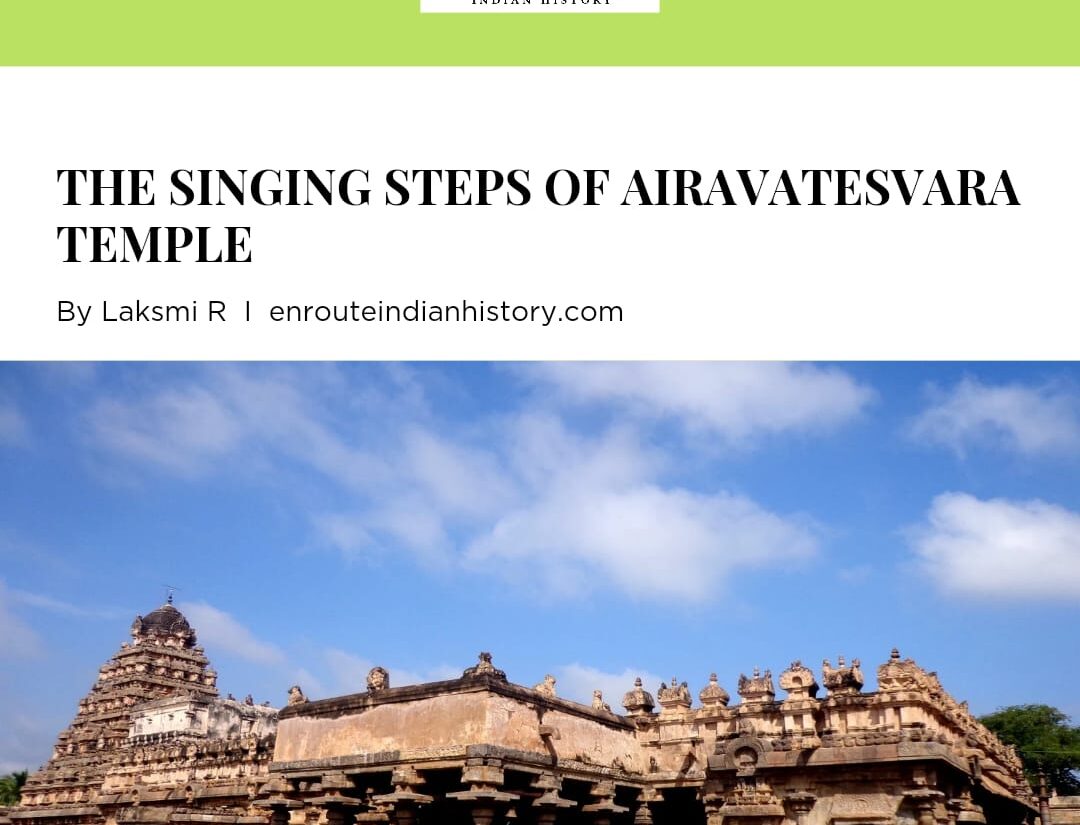
Architecture provides visual insights and is seen as a powerful medium for a comprehensive understanding of the discourse of our shared past. India is a land where every structure has a story to tell and offers a glimpse into the past. Indian Temple architecture is imbedded in the long and diverse history, culture and religion of India. The interplay of time and geography created a rich tapestry of architectural styles, each unique to a specific place and period.
Amidst different eminent architectural styles, temple architecture has a prominent place in Indian architecture. Indian art in the form of dance, music, painting, sculpture, architecture have evolved through the centuries complementing each other.
The temples from the south, well known for their magnificent architecture and construction, built between 8th and 16th centuries have interesting architectural elements. The art of temple construction had reached its zenith during the period of Chola dynasty. The ancient sculptors infused music in the temple architectures. Situated in various temples we find musical pillar, musical stairs, bronze and stone musical icons, musical bells and musical pipes made of stone. They are made of solid granite stones. The musical pillars and steps are often carved from a monolithic solid granite stone with calculated geometry like length, diameter and carvings and in turn produces the proper pitch and scale and tones. They were played to accompany the devotional hymns and often as the instrumentalists to the vocal singers and dance performers. Some of the famous musical architectures found in India are found in – Vijaya Vittala Temple at Hampi, Nellaiappar Temple at Tirunelveli, Airavatesvara Temple at Dharasuram.

The Airavatesvara temple – situated in Darasuram, near Kumbhakonam, in Tanjavore district of Tamil Nadu – is an architectural marvel as it embodies ‘musical steps’, one of the most splendid examples of musical architecture found in the Indian territory.
A Dravidian style architecture, Airavatesvara Temple, named after ‘Airavat’, the majestic white elephant of Lord Indra is dedicated to Lord Shiva. The temple was built by Chola king Rajaraja Chola II, which dates back to the 12th century CE. The temple is a UNESCO world heritage site and is a part of the trio of the ‘Great Chola Temples’ that also include the Brihadeeswara Temple at Thanjavur and the Gangaikondacholeeswaram Temple at Gangaikonda Cholapuram. The biggest difference between the Brihadeshwara Temple and Gangaikondacholeeswaram Temple is that size of Airavatesvara Temple is small as compared to the previous two Chola temples. The stone temple has been built using a traditional interlocking system best described as “poetry in stone” for every inch of its facade has stories carved on a chariot of stone.

The structure consists of a central shrine, a vimana, several mandapas, smaller shrines dedicated to other deities, and a unique feature – the musical steps.


The sacrificial altar of the Airavatesvara temple, right behind the Nandi mandapam is a small structure. This structure with a small flight of stairs is called the Balipeetham. The small ornately carved flight of seven steps leading to Balipeetham are called the ‘Singing stairs’ or the ‘Musical staircase’ of Airavatesvara Temple. The seven steps of this staircase known as sapthas swara padalgal represent the seven musical notes or swaras of the Carnatic music. The main significance of the ‘Musical Steps’ is that when they are taped, they produce all the seven melodious ‘swaras’ or notes of music. Each step emits a different tone of the musical scale. The steps are crafted from granite, a hard and relatively non-porous igneous rock.
Architecture and music are based on creativity and design principles such as rhythm, proportion, harmony, unity, repetition, and others. It is said that the stone sculptors had their own knowledge of science to stones. They knew how to mix and match various stones to create melodious tunes. The science behind this is called Shilpa Shastra, over time this ancient knowledge has been lost.
The musical steps of the Airavatesvara Temple remains a fascinating example of the intersection of music and architecture in the temples during the Chola period. These steps represent the remarkable craftsmanship of the Chola era and the musical knowledge of the Indian architects of that time who had constructed these musical steps. The notes are emitted according to the nature of the stone length, width, height, density, air columns and so on. It is one of the highest form of Science in Rock melting technology and Architecture.
While the Airavatesvara Temple serves as a multifaceted embodiment of Chola achievements. It’s a window into their architectural brilliance, artistic expression, religious beliefs, and technological capabilities. It seems that there is a lack of readily available published research specifically on the musical steps of the Airavatesvara Temple. While more research is needed to fully understand their scientific principles, the steps continue to impress historians, architects and visitors. In order to protect them from potential damage, these musical steps have been covered with metal grills.
Architectural marvels such as the musical steps of Airavatesvara Temple need to be researched in-depth, using scientific analysis of sound and exploration of historical records, would provide a deeper understanding of Chola architectural ingenuity. Studying historical architecture inspires contemporary architects and engineers. By understanding how past civilizations designed and built structures, we can learn valuable lessons about sustainability, functionality, and the potential for integrating art and science into architecture.
Bibliography
Musical curiosities in temples of South India, H.V. Modak
Tamil Nadu Tourism, Airavatesvara Temple
- April 25, 2024
- 25 Min Read
- April 25, 2024
- 14 Min Read























